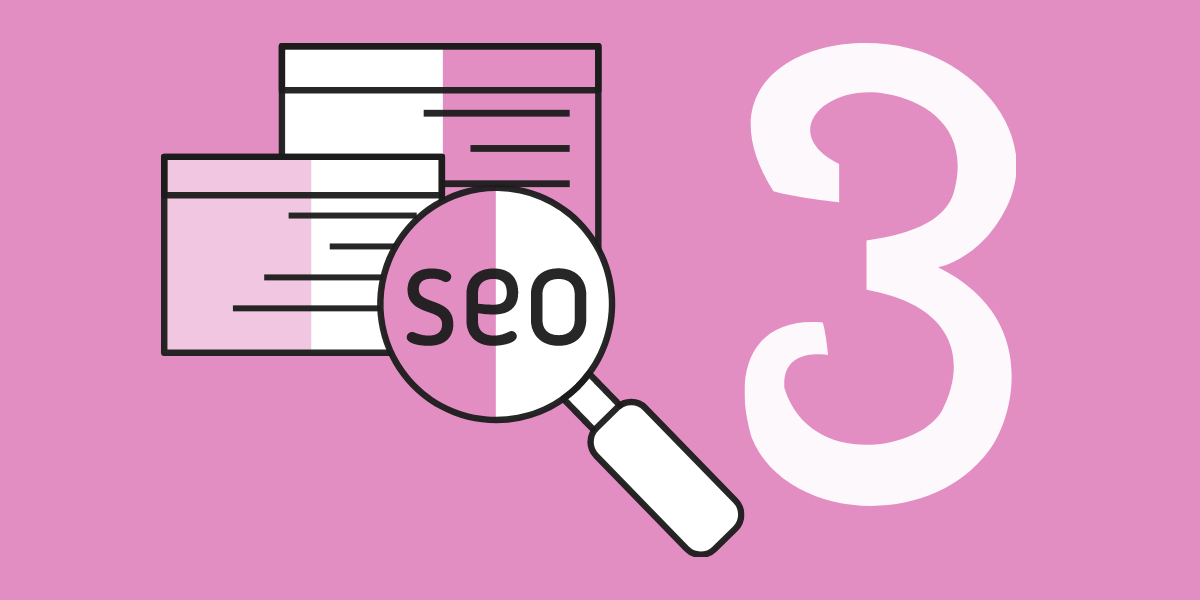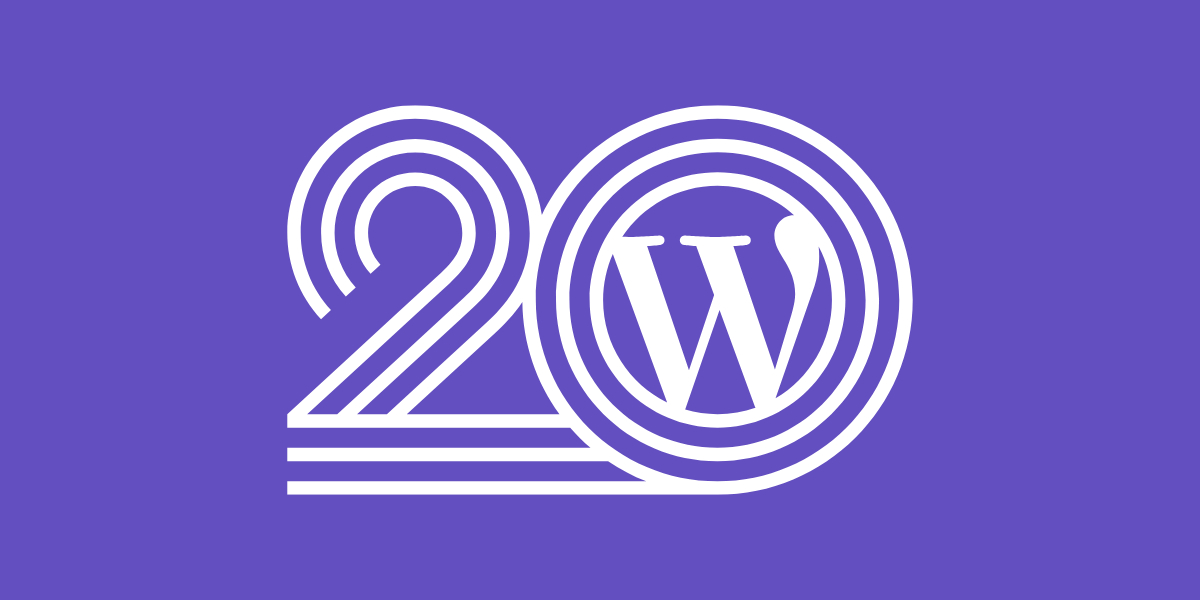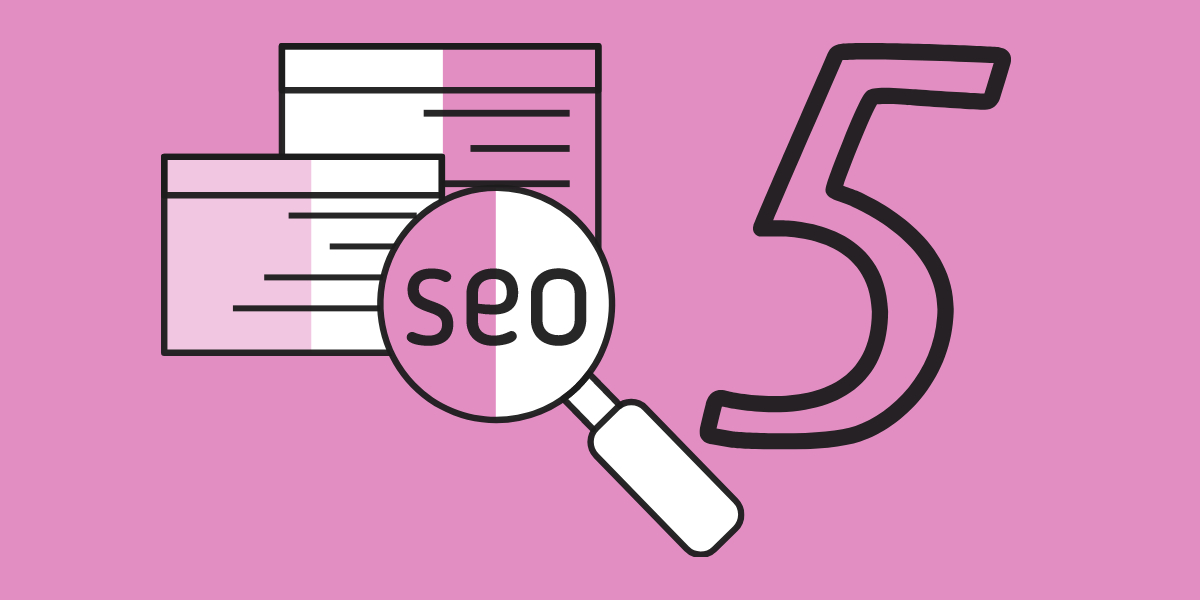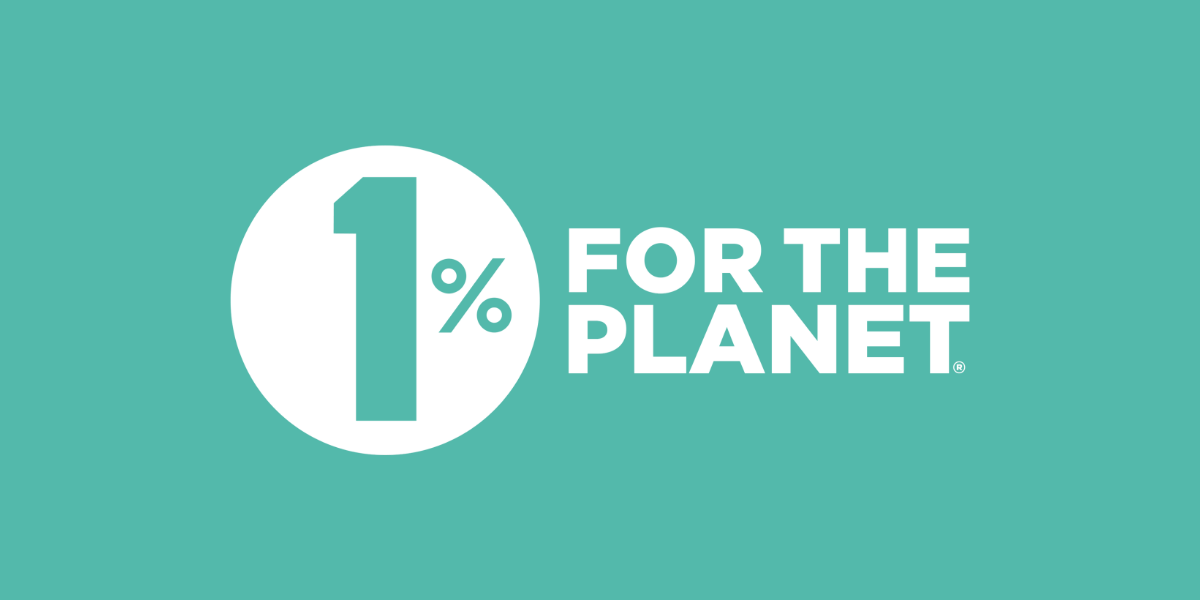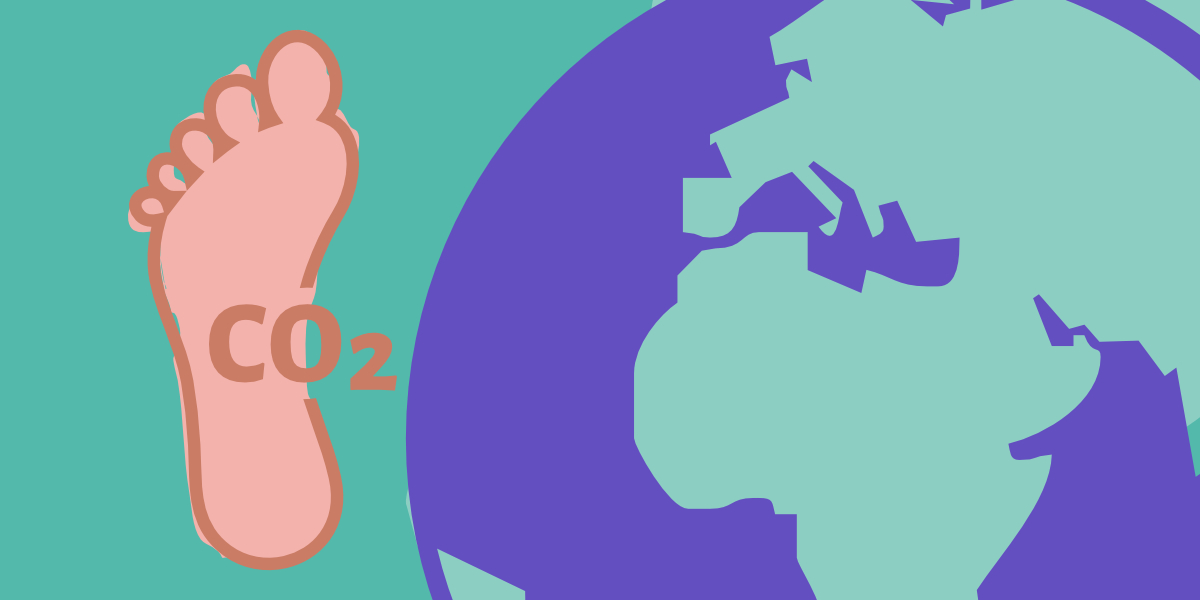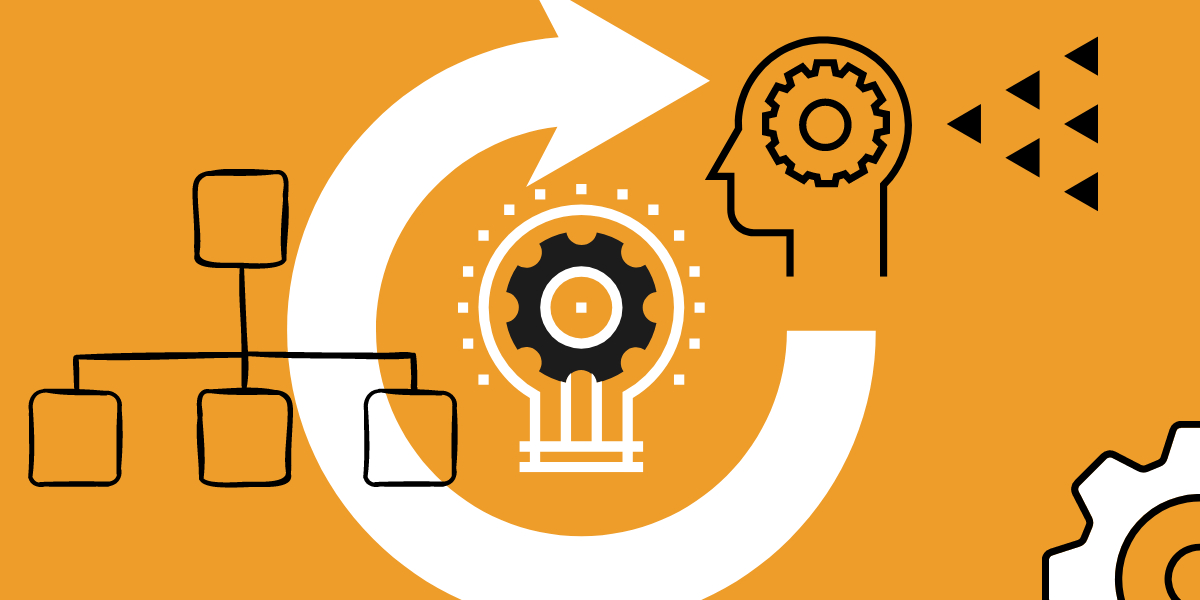SEO für Einsteiger, Teil 3: On-Page-SEO
In den vorangegangenen Teilen dieser Serie haben wir über Folgendes gesprochen was SEO ist und warum es wichtig istund die Bedeutung der Keyword-Recherche um Ihre Chancen auf eine bessere Platzierung in den Suchergebnissen zu erhöhen. Sobald Sie Ihre Keyword-Recherche abgeschlossen haben, besteht der nächste Schritt darin, Ihre Inhalte für diese Keywords zu optimieren, indem Sie On-Page-SEO Techniken. On-Page-SEO bezieht sich auf alle Maßnahmen, die Sie auf Ihrer Website ergreifen, um Suchmaschinen zu helfen, Ihre Inhalte zu verstehen und zu bewerten. Es geht darum, sicherzustellen, dass jede Seite Ihrer Website so strukturiert ist, dass Suchmaschinen und Nutzer sie leicht verstehen können.
In diesem Beitrag behandeln wir die wesentlichen Elemente der On-Page-SEO und wie Sie diese nutzen können, um die Sichtbarkeit Ihrer Website zu verbessern.
Was ist On-Page SEO?
On-Page-SEO umfasst die Optimierung einzelner Seiten Ihrer Website, damit diese in den Suchergebnissen besser abschneiden. Dies umfasst die Anpassung aller Elemente Ihrer Inhalt und HTML-Tags zu Ihrem URL-Struktur und interne Links.
Das Ziel von On-Page-SEO ist ein zweifaches:
- Damit Suchmaschinen Ihren Inhalt besser verstehen damit sie ordnungsgemäß indiziert und für relevante Suchanfragen eingestuft werden können.
- Bessere Nutzererfahrung bietenDadurch wird es für die Besucher einfacher, die gesuchten Informationen zu finden.
1. Optimieren Sie Ihre Titel-Tags
Ihr Titel-Tag ist eines der wichtigsten On-Page-SEO-Elemente. Es ist die klickbare Überschrift, die in den Suchmaschinenergebnissen erscheint und sowohl den Nutzern als auch den Suchmaschinen eine klare Vorstellung davon vermittelt, worum es auf Ihrer Seite geht.
Hier sind einige bewährte Verfahren zur Optimierung von Titel-Tags:
- Nicht mehr als 60 Zeichen damit sie in den Suchergebnissen nicht abgeschnitten wird.
- Geben Sie Ihr wichtigstes Schlüsselwort an am Anfang des Titels.
- Beschreibend und ansprechend gestalten um die Nutzer zum Klicken zu bewegen.
Verwenden Sie beispielsweise anstelle eines allgemeinen Titels wie "Fitnesstipps" etwas gezielteres wie "10 bewährte Fitnesstipps für Anfänger".
2. Richtige Verwendung von Überschriften-Tags
Überschriften (H1, H2, H3 usw.) helfen dabei, Ihre Inhalte sowohl für Nutzer als auch für Suchmaschinen zu organisieren. Sie gliedern Ihren Text und machen ihn lesbarer und leichter durchsuchbar.
- H1-Tag: Jede Seite sollte einen H1-Tag haben, der die Hauptüberschrift der Seite darstellt. Er sollte Ihr wichtigstes Schlüsselwort enthalten und eine klare Vorstellung vom Inhalt der Seite vermitteln.
- H2 und H3 Tags: Verwenden Sie diese Tags für Zwischenüberschriften, um Ihren Inhalt logisch zu strukturieren. Diese Tags erleichtern den Nutzern die Navigation in Ihren Inhalten und den Suchmaschinen das Verständnis der Hierarchie.
Beispiel:
- H1: Die besten Workout-Routinen für Anfänger
- H2: Cardio-Workouts für Einsteiger
- H3: Wie man mit Cardio anfängt
3. Erstellen Sie gute Meta-Beschreibungen
Wie wir in Kapitel 2, Meta-Beschreibungen sind kurze Zusammenfassungen Ihrer Seite, die in den Suchergebnissen erscheinen. Sie haben zwar keinen direkten Einfluss auf die Platzierung in den Suchergebnissen, aber sie beeinflussen die Klickraten.
Ihre Meta-Beschreibungen zu optimieren:
- Nicht mehr als 160 Zeichen.
- Fügen Sie Ihr wichtigstes Schlüsselwort ein.
- Attraktiv machen-Verwendung von handlungsorientierter Sprache, um die Benutzer zum Klicken zu verleiten.
Eine gute Meta-Beschreibung für einen Blogbeitrag über Fitnesstipps könnte lauten: "Entdecken Sie 10 bewährte Fitnesstipps für Anfänger, einschließlich einfacher Workout-Routinen und gesunder Ernährungsgewohnheiten. Beginnen Sie Ihre Fitnessreise noch heute!"
4. Optimieren Sie Ihre URLs
Ihr URL-Struktur ist sowohl für die Suchmaschinenoptimierung als auch für die Benutzerfreundlichkeit wichtig. Eine saubere, beschreibende URL ist leichter zu lesen, zu teilen und zu ranken.
Hier erfahren Sie, wie Sie SEO-freundliche URLs erstellen:
- Kurz und beschreibend halten.
- Bindestriche verwenden zwischen den Wörtern.
- Fügen Sie Ihr wichtigstes Schlüsselwort ein.
Zum Beispiel, anstelle von www.example.com/?p=123verwenden www.example.com/fitness-tips-beginners.
5. Schlüsselwörter natürlich einbinden
Es ist wichtig, dass Sie Ihre primäres Schlüsselwort und verwandten Begriffen in Ihrem Inhalt. Aber denken Sie daran: Wenn Sie Ihre Inhalte mit Schlüsselwörtern überfrachten (sogenanntes "Keyword Stuffing"), kann dies Ihre Platzierung beeinträchtigen.
Konzentrieren Sie sich auf die Platzierung von Schlüsselwörtern in diesen strategischen Bereichen:
- Die ersten 100-150 Wörter Ihres Inhalts.
- Mindestens eine Zwischenüberschrift (H2 oder H3).
- Im gesamten Textaber natürlich und sparsam.
- Die Schlussfolgerung des Inhalts.
Wenn Ihr Schlüsselwort zum Beispiel "Fitnesstipps für Anfänger" lautet, könnten Sie es im ersten Absatz einführen: "Wenn Sie auf der Suche nach effektiven Fitnesstipps für Anfänger sind, sind Sie hier genau richtig."
6. Optimieren Sie Bilder mit Alt-Text
Bilder spielen eine wichtige Rolle bei der Aufwertung Ihrer Inhalte, aber sie müssen auch für die Suchmaschinenoptimierung optimiert werden. Suchmaschinen können Bilder nicht "sehen", daher verlassen sie sich auf Alt-Text um zu verstehen, worum es in dem Bild geht.
Hier erfahren Sie, wie Sie Ihre Bilder optimieren können:
- Verwenden Sie beschreibende Dateinamen (z.B. anstelle von
IMG1234.jpgverwendenanfänger-training-routine.jpg). - Beschreibenden Alt-Text schreiben das Ihr Schlüsselwort enthält, aber vermeiden Sie Keyword-Stuffing. Der Alt-Text sollte erklären, was auf dem Bild passiert (z. B. "Frau, die zu Hause ein Kardio-Training für Anfänger durchführt").
- Bilder komprimieren um schnelle Ladezeiten der Seite zu gewährleisten. Große Bilddateien können Ihre Website verlangsamen, was sowohl der Benutzerfreundlichkeit als auch der Suchmaschinenoptimierung schadet.
7. Interne und externe Links verwenden
Die Verlinkung ist ein wichtiger Teil der On-Page-SEO. Suchmaschinen verwenden Links, um Ihre Website zu durchsuchen und zu verstehen, wie Seiten miteinander in Beziehung stehen.
- Interne Links: Dies sind Links zu anderen Seiten auf Ihrer Website. Sie helfen den Nutzern bei der Navigation auf Ihrer Website und halten sie länger auf Ihren Seiten, was die Suchmaschinenoptimierung verbessern kann.
- Externe Links: Die Verlinkung zu seriösen externen Quellen kann die Glaubwürdigkeit Ihrer Website erhöhen. Achten Sie nur darauf, dass Sie auf vertrauenswürdige, qualitativ hochwertige Seiten verlinken.
Wenn Sie beispielsweise einen Beitrag über Trainingsroutinen schreiben, können Sie intern auf einen verwandten Beitrag über "gesunde Ernährung" oder extern auf eine seriöse Quelle wie die Website eines Fitnessexperten verlinken.
8. Fokus auf Lesbarkeit und Benutzerfreundlichkeit
Suchmaschinen bevorzugen benutzerfreundliche Inhalte, daher ist die Lesbarkeit wichtig. Ein gut strukturierter, leicht zu lesender Artikel hält die Besucher länger auf Ihrer Seite und signalisiert den Suchmaschinen, dass Ihr Inhalt wertvoll ist.
Tipps zur Verbesserung der Lesbarkeit:
- Kurze Absätze und Sätze verwenden.
- Auflockerung des Textes durch Zwischenüberschriften, Aufzählungspunkte und Bilder.
- Verwenden Sie einen gesprächigen Ton die leicht zu befolgen ist.
Je ansprechender und übersichtlicher Ihre Inhalte sind, desto größer sind Ihre Chancen auf ein gutes Ranking.
Schlussfolgerung
Bei der On-Page-SEO geht es darum, Ihre Inhalte sowohl für Suchmaschinen als auch für Nutzer zu optimieren. Indem Sie sich auf Elemente wie Titel-Tags, Meta-Beschreibungen, URLs und Schlüsselwörter konzentrieren, können Sie Ihre Inhalte für Suchmaschinen attraktiver machen und gleichzeitig eine bessere Erfahrung für Ihre Leser bieten.
Im nächsten Teil dieses SEO-Leitfadens für Anfänger werden wir uns mit folgenden Themen befassen Off-Page-SEO und wie Aufbau von Autorität durch Backlinks und soziale Signale können Ihre Platzierungen weiter verbessern.
